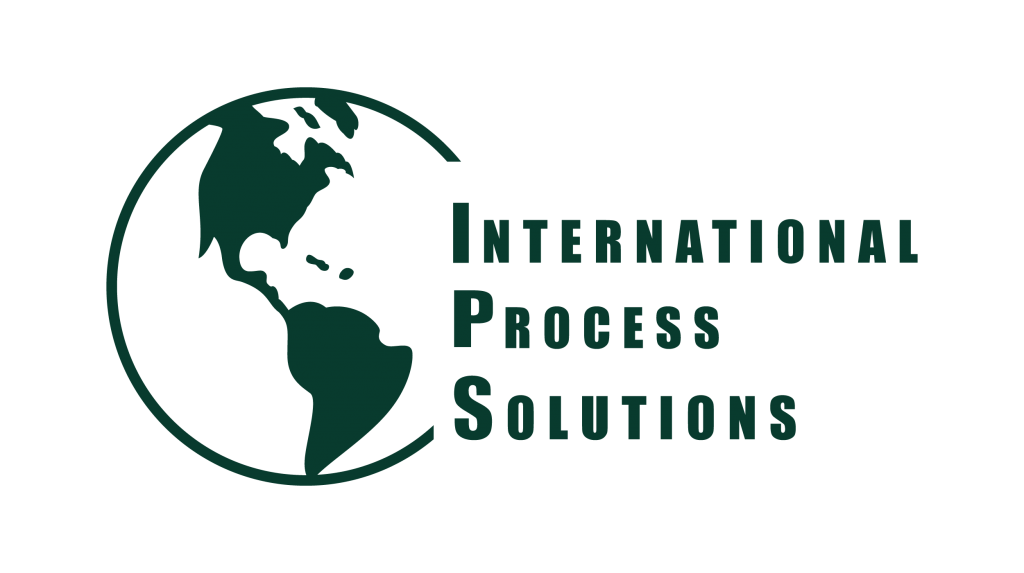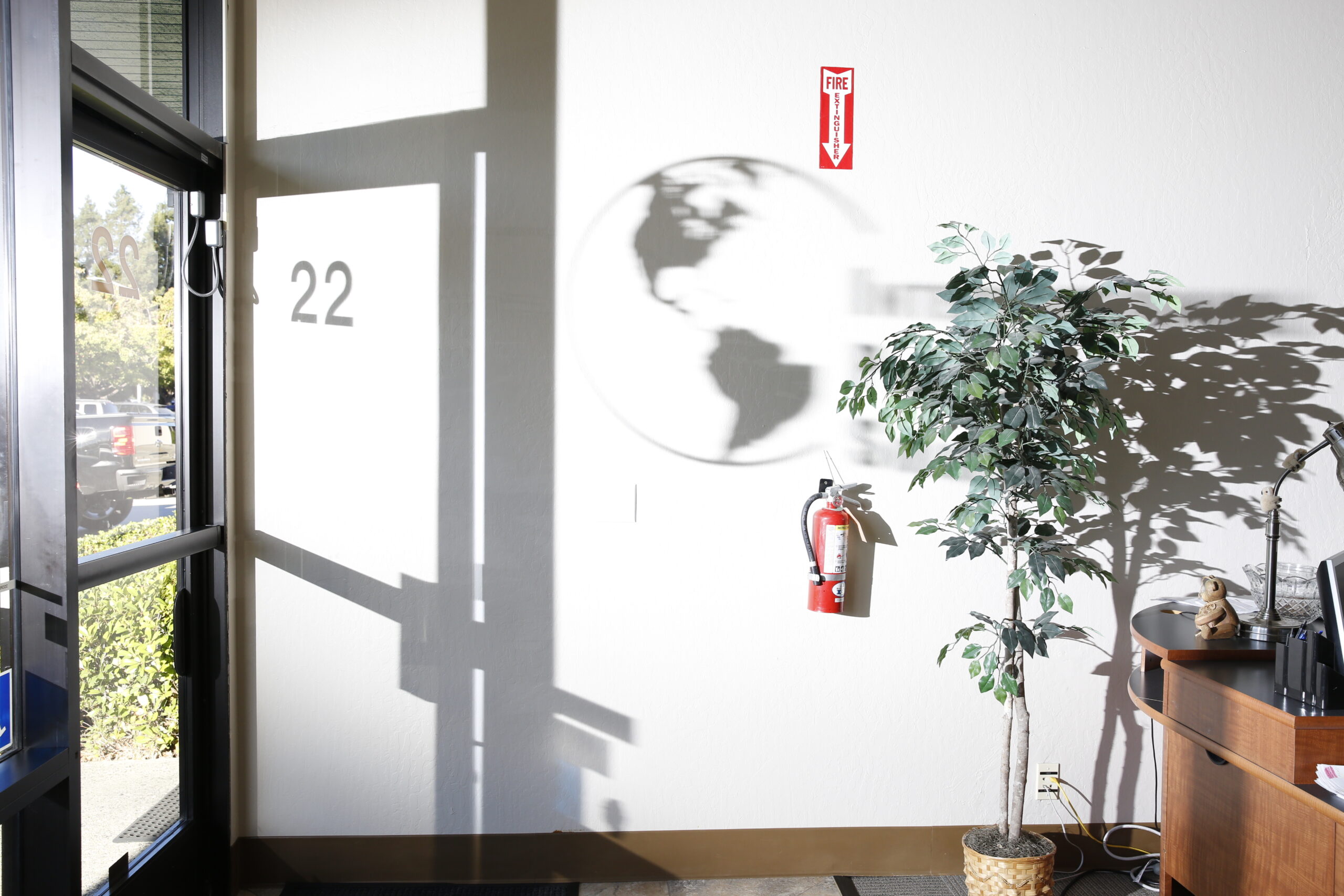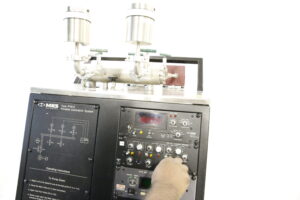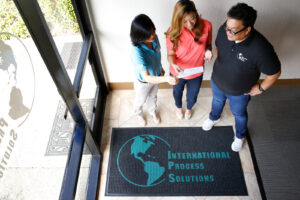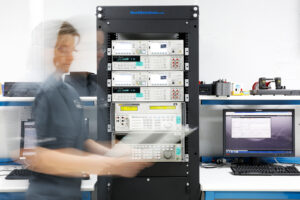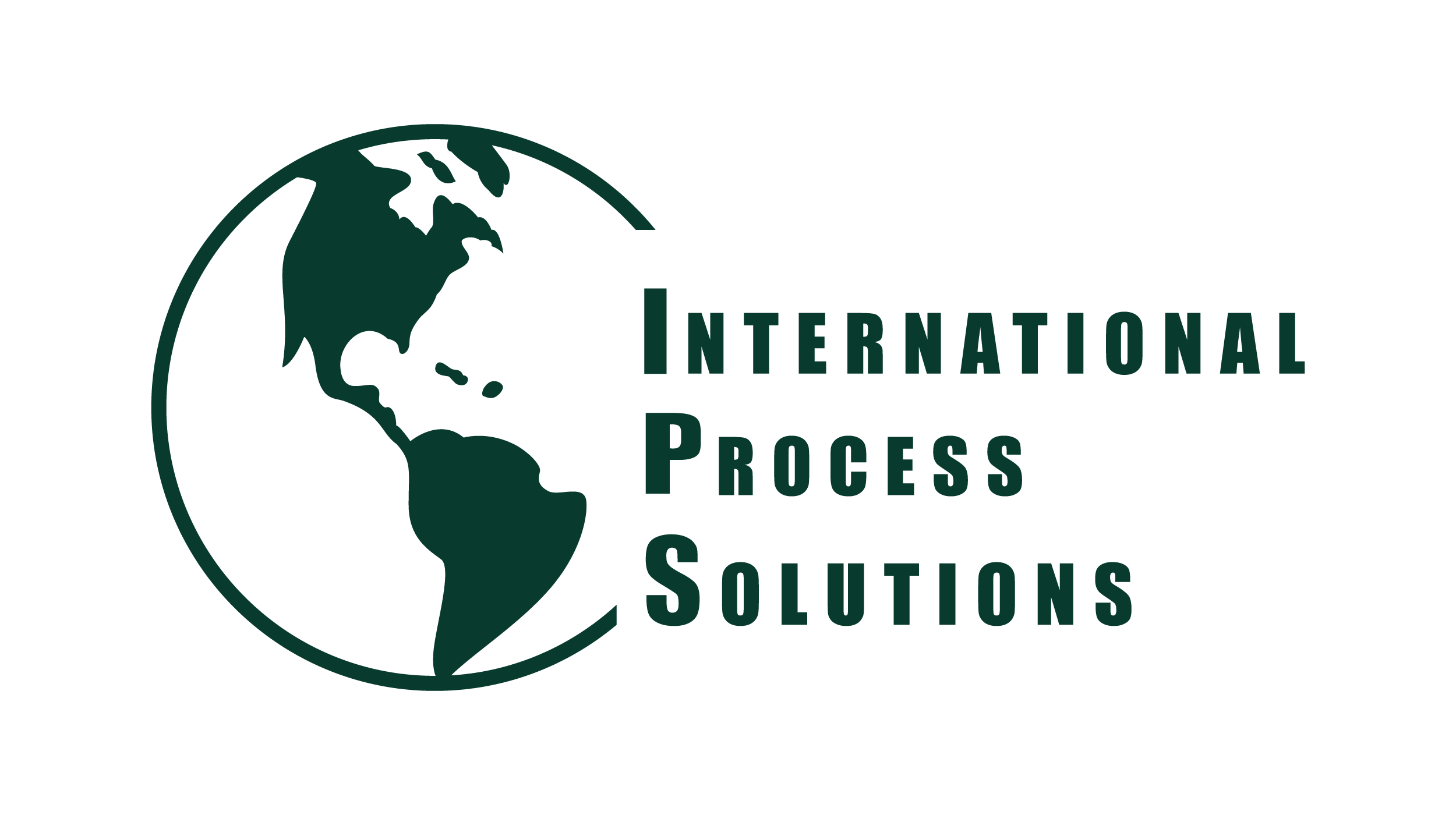When it comes to precision instruments and measurement systems, terms like calibration, adjustment, and verification are often used interchangeably — but they actually mean very different things. Misunderstanding these differences can lead to costly compliance errors, inaccurate readings, and even failed audits.
At International Process Solutions (IPS), we specialize in ensuring that your instruments perform to the highest standards of accuracy and reliability. In this guide, we’ll break down exactly what each term means, how they relate to each other, and why understanding them is essential for maintaining quality control, regulatory compliance, and process efficiency.
🧭 Featured Snippet: Quick Answer
Calibration is the process of comparing an instrument’s readings to a known standard to determine accuracy.
Adjustment involves changing the instrument’s settings to bring its readings within acceptable limits.
Verification confirms whether an instrument meets specified requirements — without making any changes to it.
1. Why These Terms Matter in Precision Measurement
In industries like pharmaceuticals, biotechnology, manufacturing, and medical device production, even the slightest measurement deviation can compromise product quality, safety, and compliance.
For instance:
- A miscalibrated pressure gauge could cause a process line to operate outside safe parameters.
- A non-verified thermometer could lead to temperature-sensitive products being stored improperly.
- A poorly adjusted scale might result in inaccurate formulation ratios, leading to waste or product failures.
Understanding the distinction between calibration, adjustment, and verification helps you:
✅ Maintain compliance with ISO 9001, FDA, and GMP regulations
✅ Ensure data integrity and product consistency
✅ Reduce downtime and costly rework
✅ Pass audits with confidence
2. What is Calibration?
Calibration is the cornerstone of measurement accuracy. It’s the process of comparing your instrument’s readings to a traceable reference standard — typically one that’s been calibrated by a recognized national or international laboratory (like NIST).
In simple terms:
Calibration tells you how accurate your instrument is.
Example:
Imagine you’re using a pipette to measure 100 µL of liquid. During calibration, the pipette’s actual output is measured using a high-precision balance. If the pipette delivers 98 µL instead of 100 µL, you know it’s off by 2%.
However, calibration itself does not fix the problem — it only reveals the deviation.
Key Components of Calibration:
- Reference Standard: A measurement device or instrument with a known accuracy.
- Comparison Process: The readings from your device are compared to the standard.
- Calibration Certificate: The documented result showing deviations, uncertainties, and traceability.
At International Process Solutions, every calibration includes a detailed certificate of traceability, ensuring your measurements align with NIST or ISO/IEC 17025 standards.
3. What is Adjustment?
Once calibration shows a deviation, you can take corrective action — and that’s called adjustment.
In simple terms:
Adjustment is when you tune or modify an instrument to bring its readings back into specification.
Example:
Let’s say your digital thermometer reads 99.5°C when the true temperature is 100°C. Adjusting it means physically or electronically changing its calibration setting so it now reads 100°C at that same condition.
Key Points to Remember:
- Adjustment changes the instrument’s performance.
- It must always be followed by re-calibration to verify that the adjustment worked.
- Not all instruments can or should be adjusted — some are only verified.
Why It Matters:
An instrument that has drifted out of tolerance can cause process inconsistencies or product failures. Adjusting it ensures continued compliance and reliability.
IPS technicians use manufacturer-approved procedures and certified reference equipment to perform precise adjustments, ensuring your instruments meet required tolerances every time.
4. What is Verification?
Verification is about confirming whether your instrument’s performance meets predefined specifications — without making any changes.
In simple terms:
Verification answers the question: “Is this instrument still within acceptable limits?”
Example:
A balance used in a GMP environment might be verified daily using calibration weights before production begins. If the readings fall within the acceptable range, the balance is verified as fit for use.
Verification vs. Calibration:
While calibration identifies how far off an instrument is, verification simply checks if it’s acceptable.
| Aspect | Calibration | Verification |
|---|---|---|
| Purpose | Measure accuracy | Confirm acceptability |
| Action | Comparison to standard | Pass/fail check |
| Changes made? | No | No |
| Frequency | Scheduled intervals | Often daily/weekly |
| Output | Calibration report | Verification record |
At International Process Solutions, we help clients implement verification routines as part of their quality management system (QMS) to ensure consistent performance between calibration cycles.
5. How These Processes Work Together
Calibration, adjustment, and verification aren’t isolated tasks — they form a continuous quality assurance cycle:
- Calibration detects any measurement deviation.
- Adjustment corrects that deviation if needed.
- Verification ensures ongoing compliance between calibrations.
Example in Practice:
In a biotech lab:
- Instruments like balances and pipettes are calibrated annually by IPS.
- If a pipette shows deviation beyond tolerance, it’s adjusted by a technician.
- Technicians verify performance daily using quick checks and logs.
This layered approach ensures long-term reliability, data integrity, and audit readiness.
6. Industry Standards and Compliance
Regulatory bodies such as ISO, FDA, and ASTM require proper documentation of these processes.
- ISO/IEC 17025 specifies competence in calibration and testing.
- FDA 21 CFR Part 820 mandates calibration and verification of equipment for medical device manufacturers.
- GMP (Good Manufacturing Practices) require periodic calibration and verification to ensure product quality.
International Process Solutions provides full documentation, including calibration certificates, adjustment records, and verification logs — all traceable, audit-ready, and compliant with the most stringent standards.
7. Common Misconceptions
| Myth | Reality |
|---|---|
| “Calibration means fixing the instrument.” | Calibration only measures accuracy; adjustment fixes it. |
| “Verification and calibration are the same.” | Verification checks compliance; calibration quantifies deviation. |
| “If it worked yesterday, it’s still accurate today.” | Instruments drift over time due to wear, environment, or use. |
| “Once calibrated, always calibrated.” | Regular recalibration ensures accuracy over the instrument’s lifespan. |
Understanding these distinctions helps prevent compliance issues, product waste, and costly rework.
8. Why Choose International Process Solutions
At International Process Solutions, we take pride in delivering ISO/IEC 17025-accredited calibration services across a wide range of industries.
Our team offers:
- On-site and laboratory calibration services
- Adjustments and fine-tuning by experienced technicians
- Verification programs to maintain daily operational compliance
- Detailed documentation for audits and regulatory reviews
With state-of-the-art equipment and industry expertise, we ensure every instrument you rely on performs accurately, consistently, and compliantly.
9. Final Thoughts — The Key Takeaway
Understanding the difference between calibration, adjustment, and verification isn’t just technical jargon — it’s the foundation of measurement reliability and regulatory compliance.
- Calibration tells you where you stand.
- Adjustment gets you where you need to be.
- Verification ensures you stay there.
When precision matters, trust International Process Solutions to keep your instruments in perfect alignment — every time.
Ready to Improve Accuracy and Compliance?
Contact International Process Solutions today to schedule your calibration or verification service. Let’s make sure your instruments perform flawlessly, so your business can too.
